| Origem | Literatura Estrangeira |
|---|---|
| Quantidade de Páginas | 268 |
| Acabamento | Capa Comum |
| Autores | Kelly Ives |
| Idioma | Inglês |
| Edição | 0 |
| Selo | Crescent Moon Publishing |
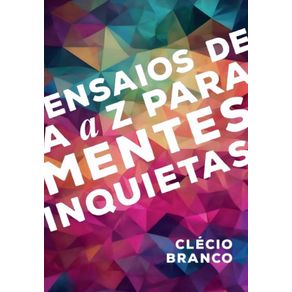 Ensaios de A a Z para mentes inquietas
Ensaios de A a Z para mentes inquietas
Ferreira Branco, Clécio
R$ 69,90 à vista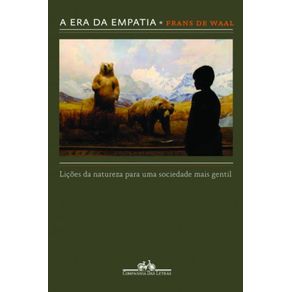 A era da empatia
A era da empatia
Companhia das Letras
R$ 89,90 à vista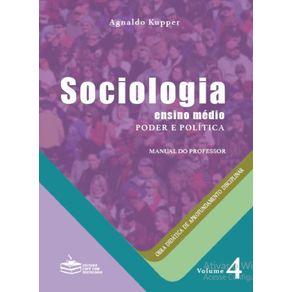 Sociologia: ensino médio - Poder e Política (Vol.4)
Sociologia: ensino médio - Poder e Política (Vol.4)
Editora Café com Sociologia
R$ 70,90 à vista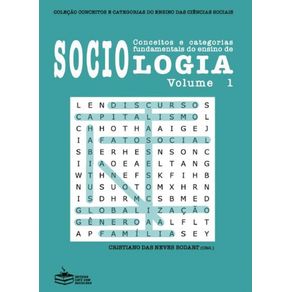 Conceitos e categorias do ensino de Sociologia, vol.1
Conceitos e categorias do ensino de Sociologia, vol.1
Editora Café com Sociologia
R$ 43,90 à vista O Enfraquecimento do Pai
O Enfraquecimento do Pai
Editora Viseu
R$ 40,90 à vista Mitos, arquétipos e narrativa
Mitos, arquétipos e narrativa
Editora Viseu
R$ 38,90 à vista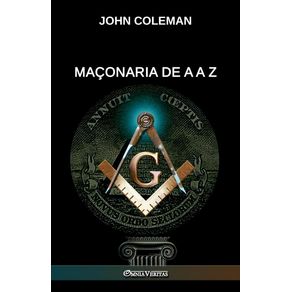 Maçonaria de A a Z
Maçonaria de A a Z
Omnia Veritas Ltd
R$ 177,83 ou até 3x sem juros Gestion participative et politiques publiques
Gestion participative et politiques publiques
KS OmniScriptum Publishing
R$ 566,52 ou até 3x sem juros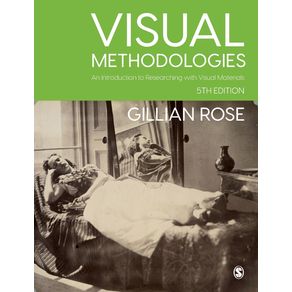 Visual Methodologies
Visual Methodologies
Sage Publications
R$ 485,02 ou até 3x sem juros Buddhism in Iran
Buddhism in Iran
Springer Nature B.V.
R$ 350,56 ou até 3x sem juros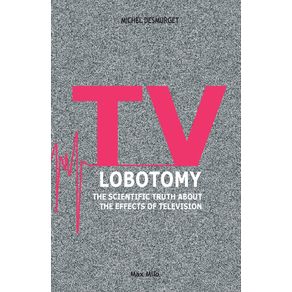 TV Lobotomy
TV Lobotomy
Max Milo Editions
R$ 157,43 ou até 3x sem juros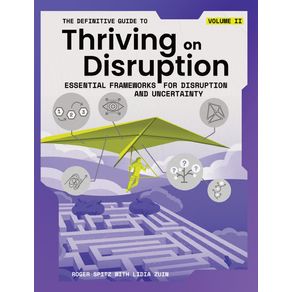 The Definitive Guide to Thriving on Disruption
The Definitive Guide to Thriving on Disruption
Disruptive Futures Institute
R$ 250,93 ou até 3x sem juros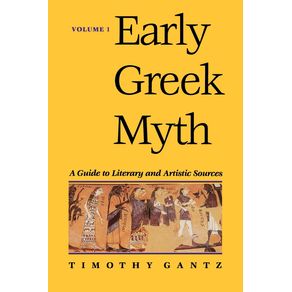 Early Greek Myth
Early Greek Myth
Hopkins Fulfillment Service
R$ 340,67 ou até 3x sem juros Research Methods and Statistics for Cross-Cutting Research
Research Methods and Statistics for Cross-Cutting Research
African Books Collective
R$ 363,77 ou até 3x sem juros Woman and the New Race
Woman and the New Race
Cosimo
R$ 158,15 ou até 3x sem juros Ensaios de A a Z para mentes inquietas
Ensaios de A a Z para mentes inquietas
Ferreira Branco, Clécio
R$ 69,90 à vista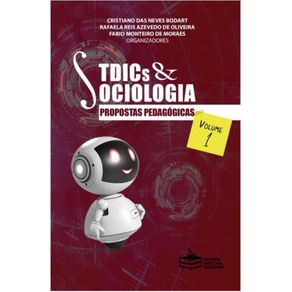 TDICs e Sociologia: propostas pedago?gicas (volume 1)
TDICs e Sociologia: propostas pedago?gicas (volume 1)
Editora Café com Sociologia
R$ 45,90 à vista Sociologia: ensino médio - Poder e Política (Vol.4)
Sociologia: ensino médio - Poder e Política (Vol.4)
Editora Café com Sociologia
R$ 70,90 à vista Maçonaria de A a Z
Maçonaria de A a Z
Omnia Veritas Ltd
R$ 177,83 ou até 3x sem juros A Therapists Guide
A Therapists Guide
PATH
R$ 115,76 ou até 2x sem juros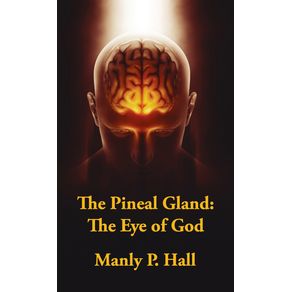 Pineal Gland Hardcover
Pineal Gland Hardcover
Lushena Books
R$ 98,88 à vista Realist Criminology
Realist Criminology
Springer Nature B.V.
R$ 344,44 ou até 3x sem juros Buddhism in Iran
Buddhism in Iran
Springer Nature B.V.
R$ 350,56 ou até 3x sem juros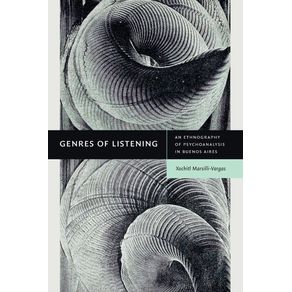 Genres of Listening
Genres of Listening
Duke University Press
R$ 230,93 ou até 3x sem juros International Handbook of Population Policies
International Handbook of Population Policies
Springer Nature B.V.
R$ 2.268,03 ou até 3x sem juros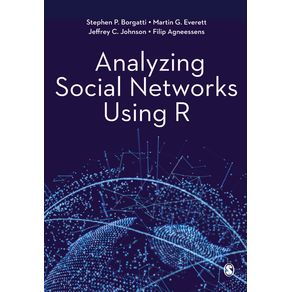 Analyzing Social Networks Using R
Analyzing Social Networks Using R
Sage Publications
R$ 415,55 ou até 3x sem juros The Positivity Workbook for Teens
The Positivity Workbook for Teens
ReadHowYouWant.com Pty Limited
R$ 161,71 ou até 3x sem juros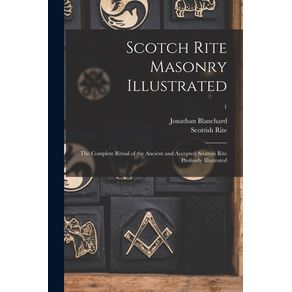 Scotch Rite Masonry Illustrated
Scotch Rite Masonry Illustrated
Legare Street Press
R$ 196,99 ou até 3x sem juros Surfside
Surfside
Indy Pub
R$ 118,01 ou até 2x sem juros Decline and Prosper!
Decline and Prosper!
Springer Nature B.V.
R$ 279,46 ou até 3x sem juros A justiça mais injusta
A justiça mais injusta
Telha
R$ 52,00 à vista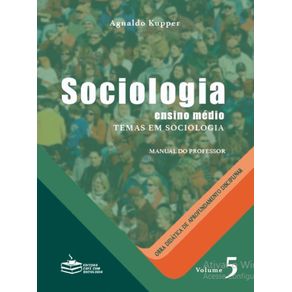 Sociologia: ensino médio - Temas de Sociologia (Vol.5)
Sociologia: ensino médio - Temas de Sociologia (Vol.5)
Editora Café com Sociologia
R$ 69,90 à vista Conceitos e categorias do ensino de Sociologia, vol.1
Conceitos e categorias do ensino de Sociologia, vol.1
Editora Café com Sociologia
R$ 43,90 à vista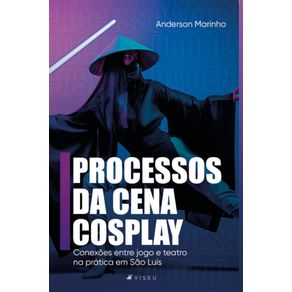 Processos da cena cosplay: Conexões entre jogo e teatro na prática em São Luís
Processos da cena cosplay: Conexões entre jogo e teatro na prática em São Luís
Editora Viseu
R$ 40,90 à vista O Enfraquecimento do Pai
O Enfraquecimento do Pai
Editora Viseu
R$ 40,90 à vista Mitos, arquétipos e narrativa
Mitos, arquétipos e narrativa
Editora Viseu
R$ 38,90 à vista Realist Criminology
Realist Criminology
Springer Nature B.V.
R$ 344,44 ou até 3x sem juros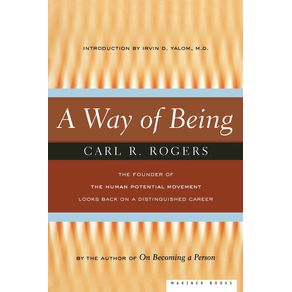 A Way of Being
A Way of Being
HARPERCOLLINS
R$ 122,77 ou até 2x sem juros $2.00 a Day
$2.00 a Day
HARPERCOLLINS
R$ 132,55 ou até 2x sem juros Polemica in Difesa Della Scuola Criminale Positiva
Polemica in Difesa Della Scuola Criminale Positiva
Legare Street Press
R$ 240,89 ou até 3x sem juros Research Methods and Statistics for Cross-Cutting Research
Research Methods and Statistics for Cross-Cutting Research
African Books Collective
R$ 363,77 ou até 3x sem juros International Handbook of Population Policies
International Handbook of Population Policies
Springer Nature B.V.
R$ 2.268,03 ou até 3x sem juros Analyzing Social Networks Using R
Analyzing Social Networks Using R
Sage Publications
R$ 415,55 ou até 3x sem juros The Positivity Workbook for Teens
The Positivity Workbook for Teens
ReadHowYouWant.com Pty Limited
R$ 161,71 ou até 3x sem juros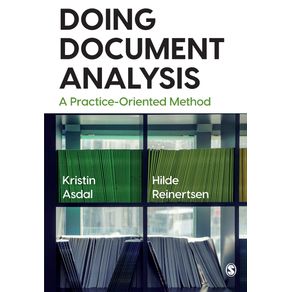 Doing Document Analysis
Doing Document Analysis
Sage Publications
R$ 388,03 ou até 3x sem juros